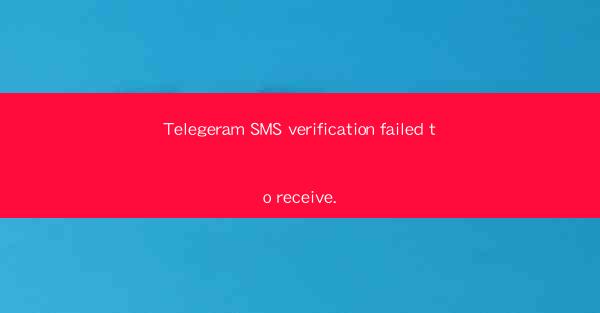Little blue cat software clash
 telegram中文版
telegram中文版
硬件:Windows系统 版本:11.1.1.22 大小:9.75MB 语言:简体中文 评分: 发布:2020-02-05 更新:2024-11-08 厂商:telegram中文版
 telegram安卓版
telegram安卓版
硬件:安卓系统 版本:122.0.3.464 大小:187.94MB 厂商:telegram 发布:2022-03-29 更新:2024-10-30
 telegram ios苹果版
telegram ios苹果版
硬件:苹果系统 版本:130.0.6723.37 大小:207.1 MB 厂商:Google LLC 发布:2020-04-03 更新:2024-06-12
跳转至官网

Title: Little Blue Cat Software Clash: A Comprehensive Analysis
Introduction:
In the ever-evolving world of software development, the Little Blue Cat Software Clash has emerged as a significant topic of discussion. This article aims to delve into the intricacies of the Little Blue Cat Software Clash, providing readers with a comprehensive understanding of its various aspects. By exploring different dimensions of this clash, we will gain insights into its causes, consequences, and potential solutions.
1. Background and Context
The Little Blue Cat Software Clash refers to the conflicts that arise when different software systems, developed by various teams or organizations, interact with each other. These conflicts can manifest in various forms, such as compatibility issues, data inconsistencies, and communication breakdowns. Understanding the background and context of this clash is crucial in order to address its underlying causes and find effective solutions.
2. Causes of the Clash
The Little Blue Cat Software Clash can be attributed to several factors. One of the primary causes is the lack of standardized protocols and interfaces between different software systems. This lack of standardization leads to inconsistencies in data formats, communication methods, and system behaviors. Additionally, the clash can be caused by inadequate testing and validation processes, where potential conflicts are not identified and addressed in advance.
3. Consequences of the Clash
The Little Blue Cat Software Clash can have severe consequences for organizations and users. It can result in system failures, data corruption, and loss of productivity. Moreover, it can lead to increased costs and delays in software development and maintenance. Understanding the consequences of the clash is essential in order to prioritize efforts in mitigating its impact.
4. Compatibility Issues
Compatibility issues are a common manifestation of the Little Blue Cat Software Clash. These issues arise when different software systems are unable to communicate effectively with each other. This can be due to differences in data formats, communication protocols, or system dependencies. Addressing compatibility issues requires thorough testing and the implementation of standardized interfaces.
5. Data Inconsistencies
Data inconsistencies are another significant aspect of the Little Blue Cat Software Clash. When different software systems interact, there is a risk of data discrepancies and conflicts. This can occur due to differences in data models, data synchronization issues, or incomplete data migration processes. Ensuring data consistency requires robust data management practices and effective data integration strategies.
6. Communication Breakdowns
Communication breakdowns between different software systems can lead to the Little Blue Cat Software Clash. Inadequate communication channels, lack of coordination, and insufficient documentation can all contribute to this problem. Establishing clear communication protocols and fostering collaboration between teams can help mitigate communication breakdowns.
7. Testing and Validation
Thorough testing and validation are crucial in preventing the Little Blue Cat Software Clash. Organizations should implement comprehensive testing strategies that cover various aspects of software integration, including compatibility, data consistency, and communication. This involves conducting integration testing, performance testing, and security testing to identify and address potential conflicts.
8. Standardization and Interoperability
Standardization and interoperability are key to resolving the Little Blue Cat Software Clash. Organizations should adopt industry standards and best practices for software development and integration. This includes using standardized data formats, communication protocols, and system interfaces. By promoting interoperability, organizations can ensure seamless interaction between different software systems.
9. Collaboration and Coordination
Effective collaboration and coordination between different teams and organizations are essential in addressing the Little Blue Cat Software Clash. Establishing clear communication channels, fostering a culture of collaboration, and promoting knowledge sharing can help in identifying and resolving conflicts early on.
10. Continuous Improvement and Adaptation
The Little Blue Cat Software Clash is an ongoing challenge that requires continuous improvement and adaptation. Organizations should regularly review and update their software integration strategies, keeping up with technological advancements and evolving industry standards. This includes staying informed about emerging technologies and best practices.
Conclusion:
The Little Blue Cat Software Clash is a complex issue that poses significant challenges for organizations and users. By understanding the causes, consequences, and potential solutions of this clash, we can develop effective strategies to mitigate its impact. Standardization, collaboration, and continuous improvement are key factors in addressing the Little Blue Cat Software Clash. As the software landscape continues to evolve, it is crucial for organizations to prioritize the resolution of this clash to ensure seamless integration and efficient software operations.












